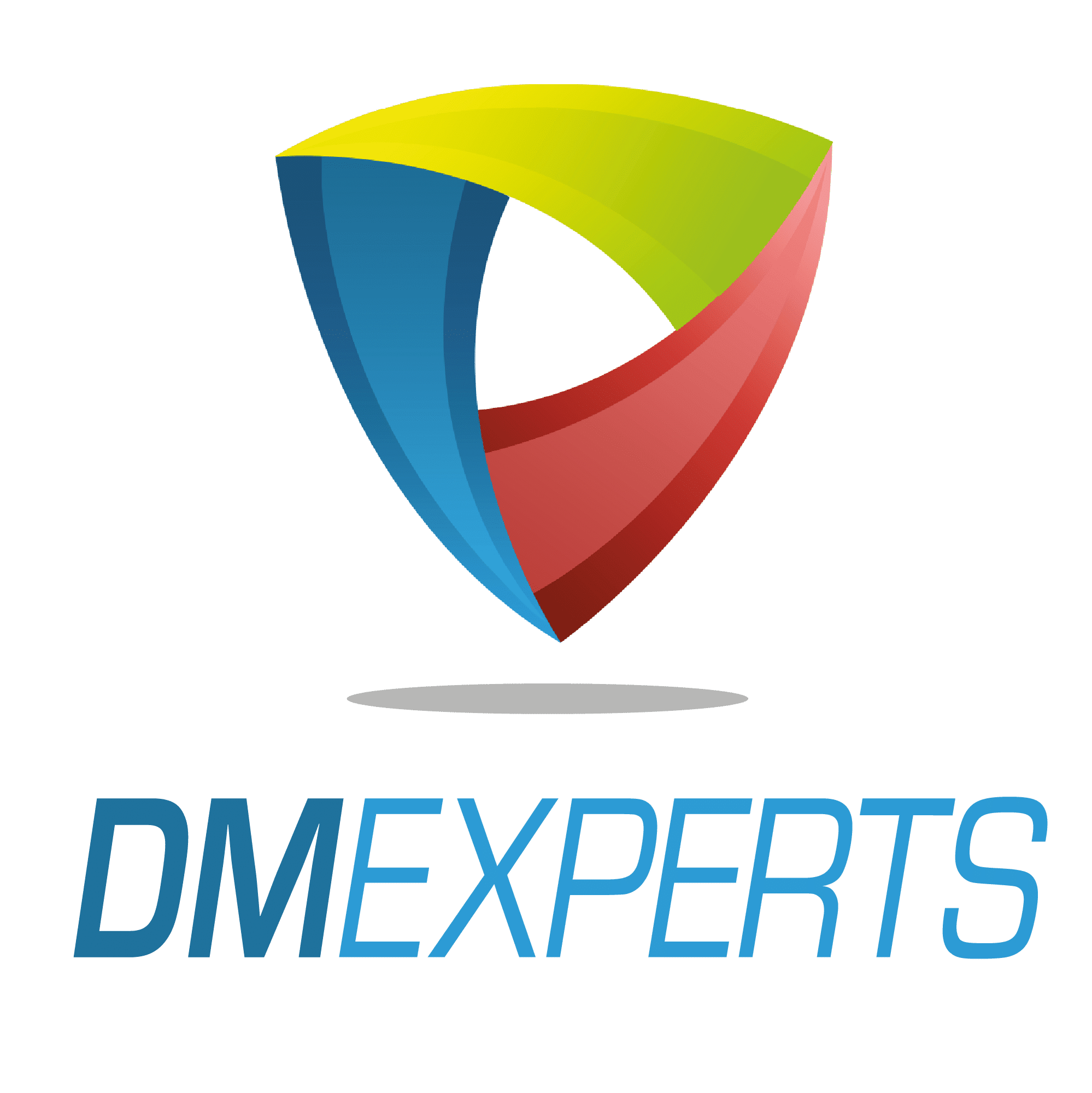[2025-09-18] On September 18, 2025, the Post-Marketing Surveillance and Vigilance working group of the MDCG (Medical Device Coordination Group) posted a number of working documents…contenu réservé à nos abonnés Premium
Veuillez patienter…
Contenu réservé à nos abonnés Premium. S’abonner
Je suis abonné Premium : je m’identifie et je me connecte.
